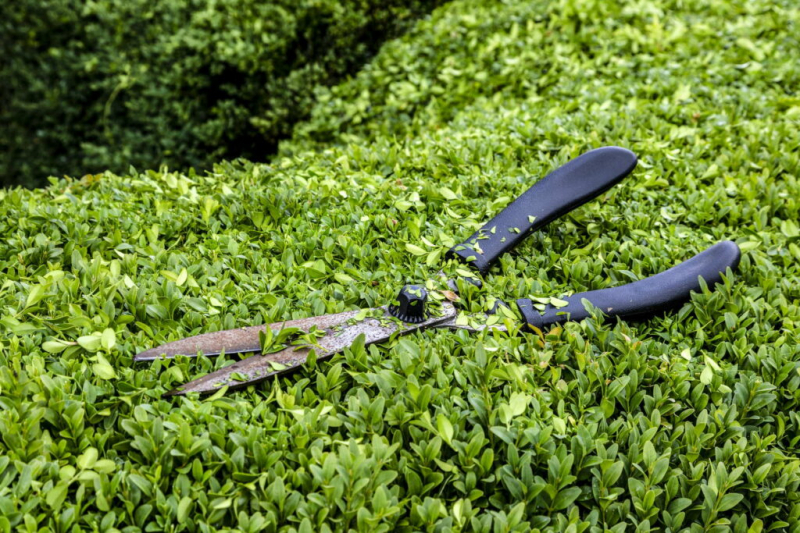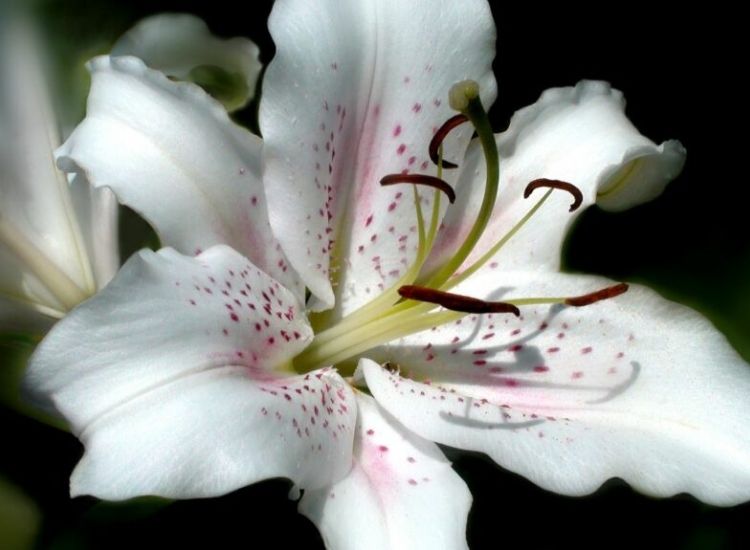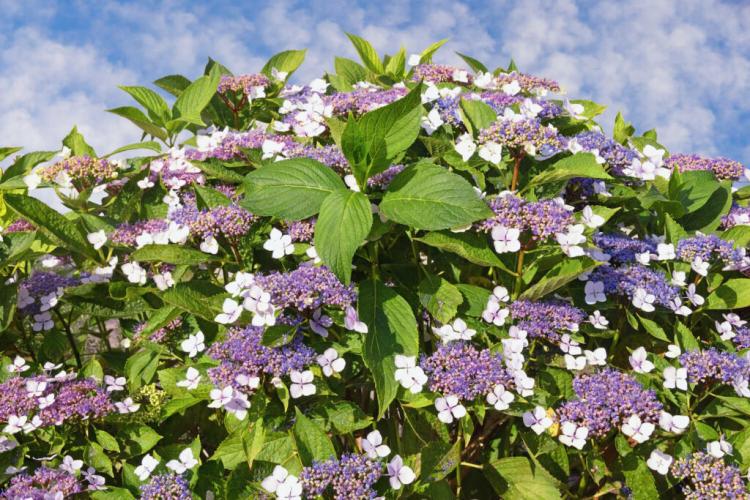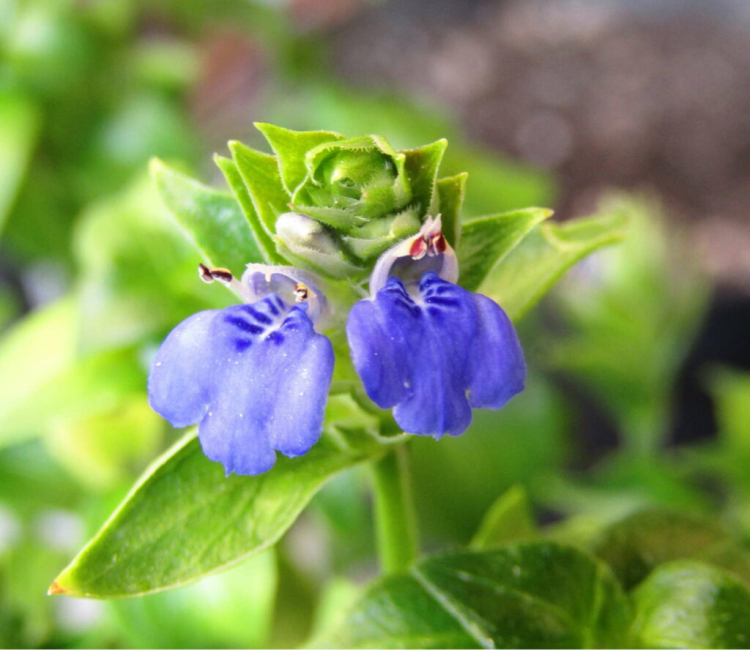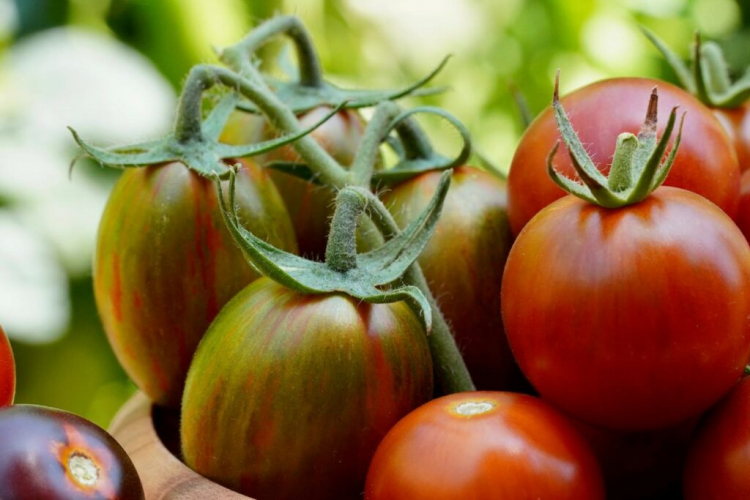Does Snake Plant Attract Bugs
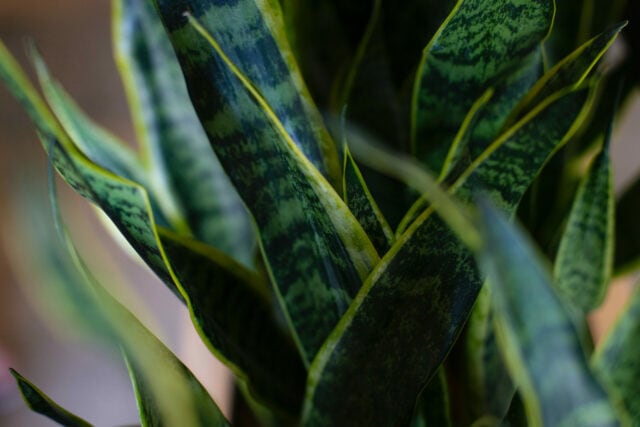
Indoor plants can make your home look vibrant, and a snake plant is one of them. Aside from being a lovely houseplant ornament, it is also an excellent air purifier.
Snake plants, also known as Sansevieria or “mother-in-law’s tongue,” are generally low-maintenance. They have a protective substance called Saponin that drives insects away, so in most cases, healthy snake plants don’t attract bugs.
But the snake plant is still a plant that can be attacked by various pests and diseases. Insect infestation can happen when the snake plant is sick. Some of the known bugs or insects that can plague your snake plants are mealy bugs, spider mites, whiteflies, fungus gnats, and scale insects.
So, in what cases do snake plants attract bugs? What causes them to get sick? In this article, we will talk about what makes snake plants attract bugs, the common pests and diseases that can harm the plant, and how to treat them to keep your plant alive and bug-free.
Why Snake Plants Attract Bugs
Table of Contents
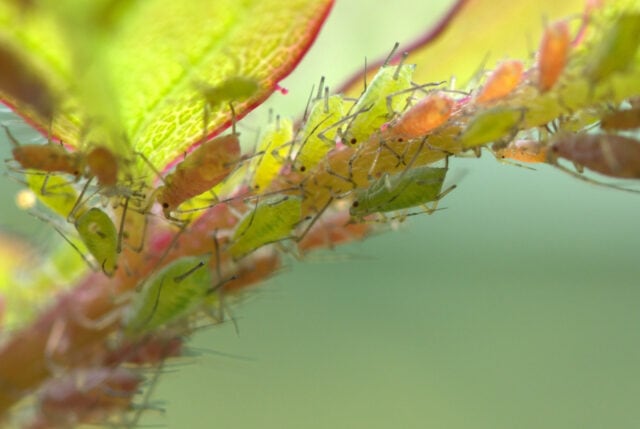
Snake plants (Dracaena trifasciata) will only attract pests and insects if they are taken out of their comfort zone – that is, when put in a place where it does not get enough light and in a very humid environment, with poor air circulation and without proper drainage.
In such a case, your plant loses nutrients for healthy growth. Eventually, it will cause pestering bugs to swarm over it due to its lack of energy and inability to protect itself.
Let’s talk about them one by one.
High Humidity
Excessive humidity can breed pests. This is typically caused by changing weather conditions, poor soil drainage, and excess water. Yellow and withered leaves are the common indications that Sansevieria is in an environment with high humidity.
For a snake plant to thrive, it should be placed in a low humid environment, in indirect sunlight with aerated soil.
Overwatering
Pests love moisture, so an overwatered snake plant is likely to become a breeding place for these pesky bugs. Overwatering can cause waterlogged soil that can lead to root rot if there is no proper drainage.
Sansevierias don’t need much water in order to propagate or grow. It is a succulent plant with thick leaves that help in storing water.
Ideally, they only need watering once every two weeks during the growing season. In winter, you don’t have to water them at all.
Water your Sansevieria only when the soil surface is completely dry.
Poor ventilation
Aerated soil and good airflow are needed for your snake plants to thrive and stay healthy. If your potted plants are located in a place with poor air circulation, they are likely to attract pests that feed on the plant sap until they slowly die.
It is important to provide these plants with proper ventilation in the air and soil. This will help prevent pest attacks.
The Most Common Snake Plant Pests and Diseases
As mentioned earlier, sick snake plants attract bugs and are susceptible to pest infestation and fungal growth. If not treated immediately, pests and diseases can affect your plant’s immunity, leading to poor growth, or worse, death.
Below are the common pests and diseases that are likely to harm your snake plant.
Root Rot
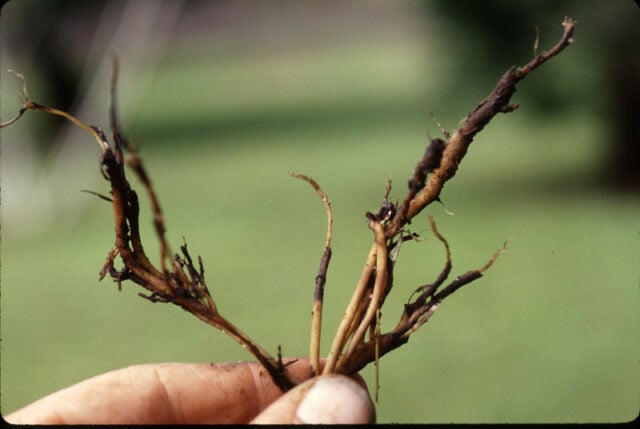
Sansevieria is likely to experience root rot if it is planted in a moist environment or in poorly draining soil. Root rot happens due to overwatering. Waterlogged soil can cause fungi to infiltrate the plant roots until they become mushy. In such a case, the snake plant will not be able to absorb nutrients using its roots.
One way to find out if your snake plant is suffering from root rot is to check the plant itself. If the leaves are yellowing, drooping, or falling over, your snake plant might be infected with root rot. In such a case, take the plant out of the soil and cut off the blackened or discolored roots.
Then, repot your snake plant with fresh potting mix. Snake plants don’t need to be watered all the time, so be sure to lessen the amount you water.
Southern Blight
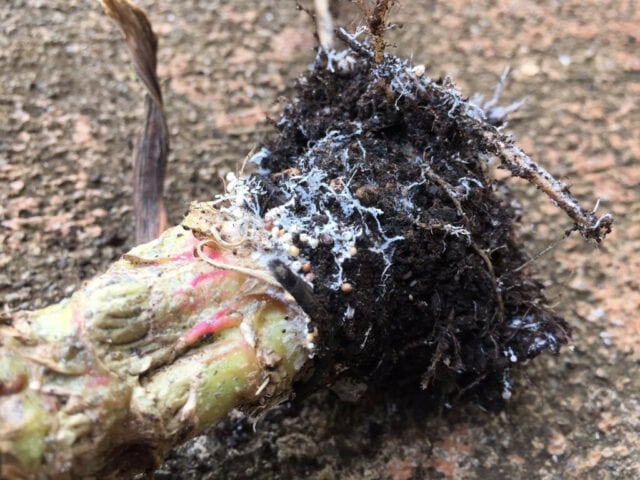
Southern blight appears as white mildew-like spots that grow on the leaves which turn grey to brown and dry up within a few days. This fungal infection is caused by the pathogen Sclerotium rolfsii. It usually develops in Sansevierias when the air is warm and humid.
Southern blight is not typically noticeable, but when the right conditions appear, it can infect your snake plant.
If you spot Southern blight, you should prune off and dispose of infected tissue.
Sooty Mold
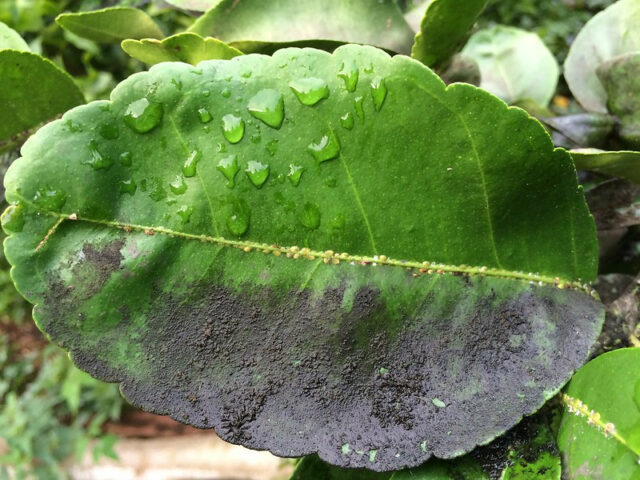
Sooty mold is a fungal disease that grows on the plant leaves covered by honeydew, a sticky substance excreted by certain plant-sucking insects that feed on the plant sap. This is characterized by dark tiny spots on the leaves when honeydew dries up.
If you notice sooty mold on your snake plant, apply neem oil or dishwashing liquid to treat the infected area. Avoid using the solution on the foliage in full sun because it can burn the leaves.
You can also try the baking soda and water mixture. Test the solution by spraying on a small portion of the infected plant to be sure it is not too strong.
Common Bugs on Snake Plants
There are common bugs that attack Sansevierias and these are usually tiny pests and insects that target your plant’s immunity by sucking the sap or feeding on the plant roots. Here are the common bugs in snake plants:
Mealybugs
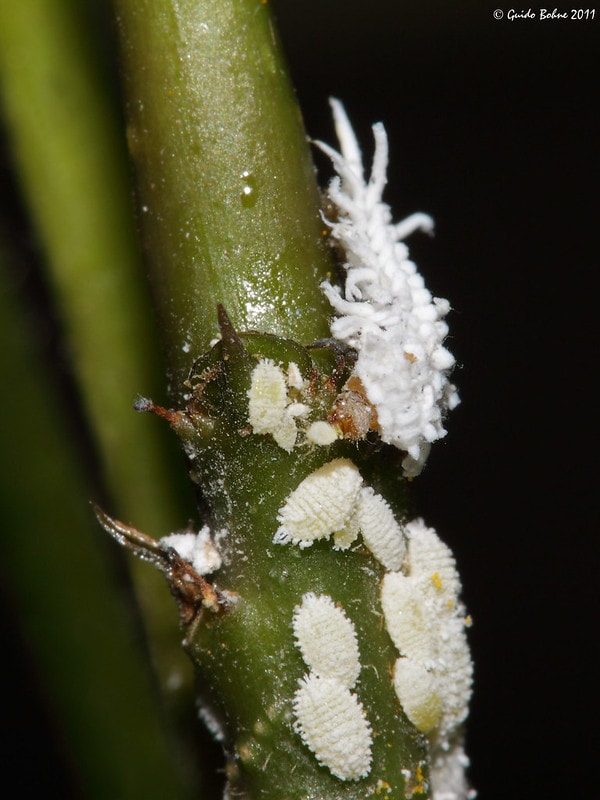
Mealy bugs are a type of unarmored scale insects with long, segmented ovals that look like greasy or waxy, white cotton fluff. These tiny insects are typically found in humid and moist conditions. They secrete sticky honeydew that causes sooty mold on the leaves.
Thrips
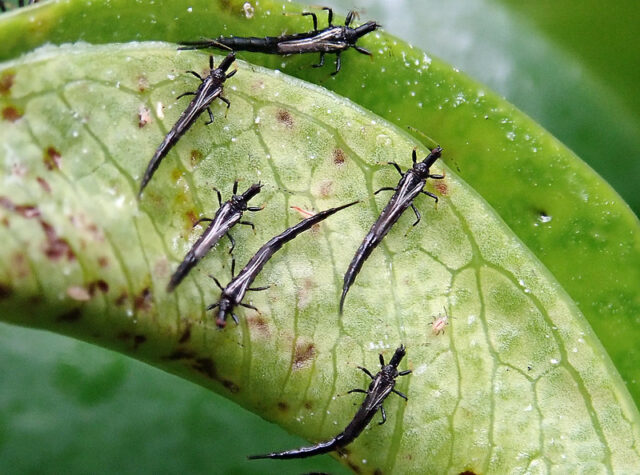
Thrips are tiny, slender pests that are usually black. They damage snake plants by creating little spots or holes in leaves, causing curling, discoloration, and leaf drop. Thrips can slowly weaken and kill the plant.
Aphids
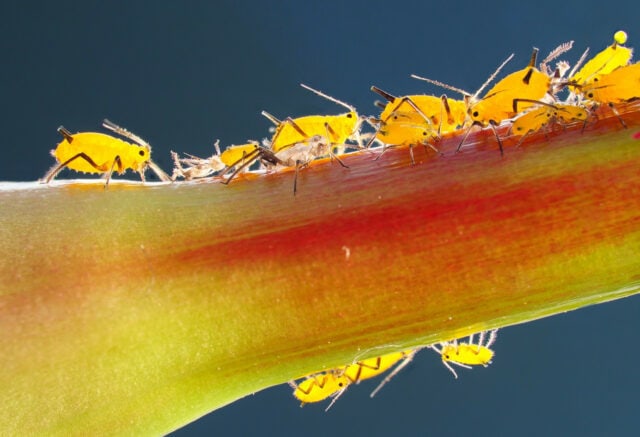
Aphids are soft-bodied tiny pests that damage your snake plants by sipping the sap of the plant, causing yellowing, leaf curling, discoloration, and stunted growth.
Combine a dish soap liquid with water and spray it on the plants. Soapy water suffocates the bugs and kills them as well as their eggs.
Fungus Gnats

Fungus gnats are small flies with long antennae that often develop in potting soil. They often attacked snake plant that is sitting in moist soil. The common signs include sudden wilting yellowing of leaves, decayed plant matter, damaged seedlings or young plants, loss of vigor, and slow growth.
Spider Mites
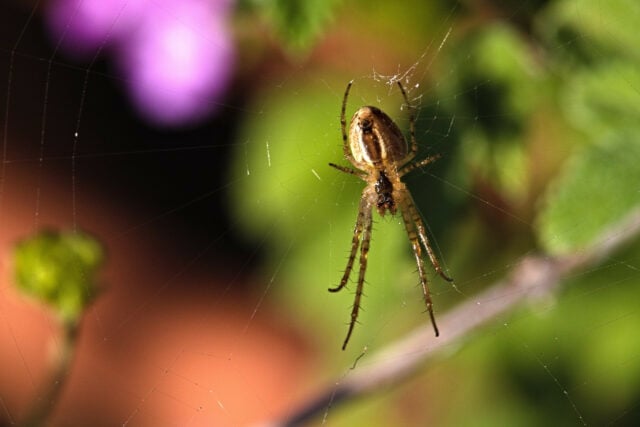
Spider Mites are pests that are too tiny that they can barely be seen by the naked eye. You will know that these bugs attack your snake plant if you find spiderlike webs on the undersides of leaves or patterns of silvery dots or stippling of leaves. They target the stomata of leaves by piercing the tissue and sucking plant fluids.
Scales
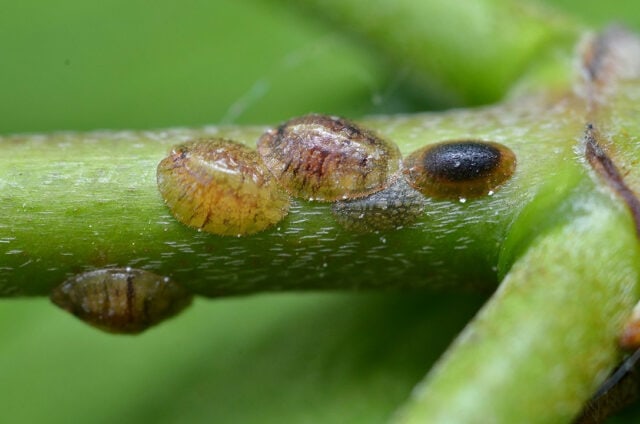
Aside from mealy bugs, there are 8,000 or more species of scale insects that can practically attack all kinds of plants. These insects can cause widespread damage by feeding on snake plant leaves, stems, and branches. Another popular type is the soft brown scale, which are flat scales, oval in shape, and broader at the hint end. These tiny bugs often occur on indoor-grown plants. Snake plants attacked by scales show symptoms of leaf yellowing, black fungus, yellow spots, wilting, drooping leaves, discoloration, and slow growth.
Whiteflies
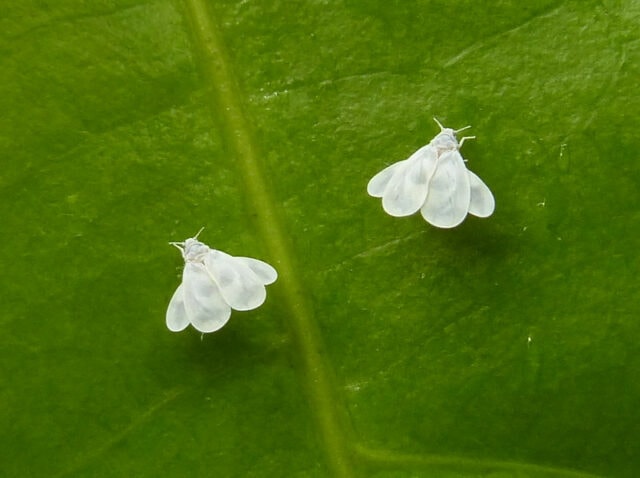
Whiteflies are tiny, heart-shaped bugs around 1/10’ long and have two white powdery wings that cover their soft body. They are often found on top of the leaves. The honeydew they secrete can attract other pests and increase the risk of fungal diseases. Whiteflies can cause leaf yellowing, stunted growth, and weak plant due to their ability to transmit plant viruses from one plant to another.
You Might Also Like Can Snake Plants Live Outside
How to Get Rid Of Bugs On Snake Plants
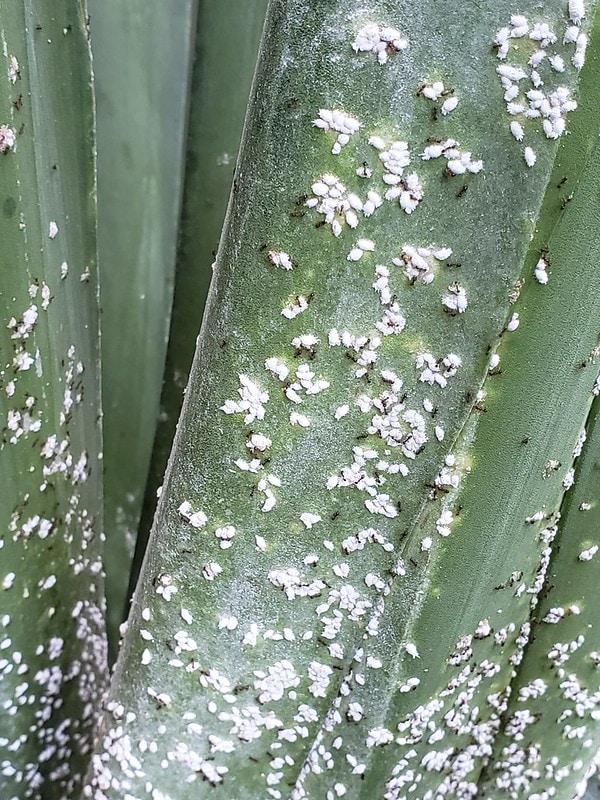
A bug-infested plant can be a burden to other plants. Plant pests carry diseases that can be transmitted from one plant to another, so it is important to treat them as quickly as possible.
Here are a variety of options to save your snake plants from pest infestation and to prevent bugs from coming back.
Isolation
The first step is to keep your infested plant in a secluded place. Using your trimming scissors, cut off the diseased parts so they will not spread to healthy parts of the plant. It is important to clean your gardening tools before and after using them to prevent the possibility of spreading disease or infection to other plants.
Organic Spray
There are natural or chemical insecticides to choose from, but it’s better to use non-hazardous, plant-based products to keep your plants, pets, and small children safe.
Some effective sprays you can choose from are:
- Pyrethrum: This insecticide is derived naturally from a chrysanthemum flower. The juices extracted from this plant targets the insect’s nervous system and kill them.
- Neem oil: Derived from the neem tree seeds, neem oil works effectively in treating insects of all kinds. Use neem oil spray as an insect repellant on the entire plant to deter plant pests and keep them at bay.
- Rosemary oil: This is also an effective preventive measure to keep bugs away. Dilute rosemary oil (about 5-10 drops) with 16-ounce (equivalent to ¾ cup) of water. Put the solution in a spray bottle and apply it to the entire plant.
- Cinnamate: Derived from cinnamon oil, this non-toxic organic pesticide is effective against all kinds of pests. Make your own cinnamon oil spray by mixing 4 tablespoons of the essential oil with a half-gallon of water. Spray the solution on the affected plant every three days over a couple of weeks to eliminate all the plant pests.
Insecticidal soap
This plant-safe soap works by suffocating pests. You can use insecticidal soap to effectively treat pests of all kinds.
Spray the insecticidal soap thoroughly on the plant, Products like Garden Safe Insecticidal Soap or BONIDE Insecticidal Soap are a must try.
As an alternative, you can use a soap to control pests. Mix one tablespoon of dish soap per quart of water then thoroughly spray your plant.
Household Chemicals
Homemade pesticides are also a great option because they are affordable and safe to use. Here are some of the household chemicals I have used to treat pests on my snake plants.
- Laundry Detergent water: Get a wide container, add a significant drop of laundry detergent, and then rinse it with warm water. Put it next to the flower pot. The scent of laundry detergent can attract flying pests, after which they will fall into the water and be drowned.
- Round Onion & Garlic Water: For the larvae or eggs that are lurking in the soil, you can use half a round onion or a few cloves of garlic. Cut them into small pieces, put them in a spray bottle, and add water. Let the solution sit for a while before spraying them on the entire plant.
Caring for your Snake Plants

There is no better way to protect your snake plant from pests and diseases than to prevent them. Prevention is way much easier because it saves you time, money, and energy. A snake plant’s life can extend up to 50 years or more, depending on its growing conditions.
A healthy plant can achieve its optimum growth when it is provided with the best growing environment. Factors like light, temperature, humidity, soil type, and nutrients should be considered when growing snake plants.
Light
A Sansevieria can tolerate low to high light intensities. This means it can grow and survive in shady corners as well as in the full sun. However, a snake plant sitting in a low-light condition for too long will make its leaves dull, and its growth rate can be a bit slower. Similarly, placing the plant in full, direct sunlight for more hours than necessary can cause sagging or burnt leaves.
Medium bright light or indirect sunlight is ideal for growing these versatile plants. Place them by the window or in any environment where they can receive natural light.
Snake plants also need a relatively long period of exposure to light, about 10-12 hours of indirect sunlight, to drive photosynthesis.
You can also grow them using artificial light. These artificial lights (fluorescent, incandescent, LED, or halogen lights) can have a different impact on your snake plant’s growth.
You Might Also Like How Much Sunlight Does a Snake Plant Need
Humidity
Snake plants, which are native to western Africa and southern Asia, are hardy plants that can survive harsh environments and climactic conditions, like drought.
As mentioned, these plants dislike high humidity, so you don’t need to water them on a daily basis. These plants should be watered every two to three days from spring to fall. You can wet the soil every time, but don’t let water accumulate in the pot. You can also spray the leaves with water for a little moisture to avoid wilting.
Temperature
The general recommended temperature for a snake plant’s survival is 70-90°F (21-32°C). Snake plants are adaptable to any temperature, except in very cold weather.
In case of freezing temperatures below 50°F (10 ℃), this plant can suffer from a cold injury that leads to death. Better bring your plants indoors in winter and provide supplemental lighting during the cold season.
Soil
Snake plants prefer rich, fertile soil with good drainage. If you want to grow them indoors, look for a soil mix that is high in organic matter. You can use peat moss in the pot because it helps keep the soil moist.
If your soil is a bit heavy, add some sand to provide good drainage.
Nutrients
Your snake plant needs nutrients, so an added fertilizer is important for its proper growth. Apply compound fertilizer 1-2 times a month from spring to autumn only.
Follow the prescribed dose when using a particular fertilizer. Do not apply too much fertilizer, otherwise, the plant will be hurt.
Final Thoughts
Snake plants or sansevierias have tons of benefits that’s why they are one of the best houseplants to keep. Healthy sansevierias don’t attract bugs, but sick ones do.
If not grown under optimal conditions, they can easily be attacked by fungi, pests, and diseases. You can treat these unwanted elements using the remedies provided in this article.
But if you want to avoid severe pest infestations, the best thing you can do is to prevent them from happening. And you can do it by providing your snake plants with the best possible growing conditions.
FAQs
How do I keep bugs out of my snake plant?
High humidity, low temperatures, poor lighting, and overwatering are the main reasons why snake plants attract bugs. To protect your plants, make sure that they have good growing conditions. You can increase light and temperature with supplemental lighting or artificial lights. You may also spray neem oil, rosemary oil, and other horticultural oils, or use homemade pesticides, to keep the bugs out.
What are the disadvantages of snake plants?
Sansevieria is not without disadvantages. While some use it as a traditional herbal remedy for certain illnesses, the plant is actually poisonous. It contains the toxic chemical Saponin, which can cause nausea and vomiting if ingested in large doses. It also has a numbing effect that can cause swollen tongue and throat. So, keep the plant out of your pet or child’s reach to prevent harm.
Another disadvantage is that it tends to fall over or its leaves turn white, a sign that your plant is sick. Overwatering, inadequate light, or poor planting material can be the reasons for falling leaves.
Still another issue about this plant is that it is frequently exposed to fungus attacks. The fungal disease appears mostly on the leaves. This can lead to the development of plant diseases like southern blight or brown spots.
Do snake plants attract little flies?
The thing is, little flies like the fungus gnats, are not the main culprit. The winged adults don’t eat the plant but simply lay eggs in wet soil.
However, the larvae are more of a problem. Although they prefer to chew on rotting scraps in the soil, they may start going after the roots in case of severe infestations.
Just the same, fungus gnats are such a nuisance and should be prevented at all costs.
Is it good to have snake plants inside the house?
Sansevierias are a great addition to your indoor plants. Not only do they beautify your home, but they also purify indoor air by filtering out air pollutants inside your home.
This is confirmed in the popular 1989 NASA experiment on indoor plants, which stated that plants with more leaf surface area (leafier and bigger plants) do better air purification. One of them is the snake plant.
It is also one of the few plants that can effectively absorb carbon dioxide (CO2) and convert it into oxygen at night, according to a study conducted at Naresuan University, Thailand. Snake plants can help regulate healthy airflow, making it is an ideal plant for bedroom decor.
